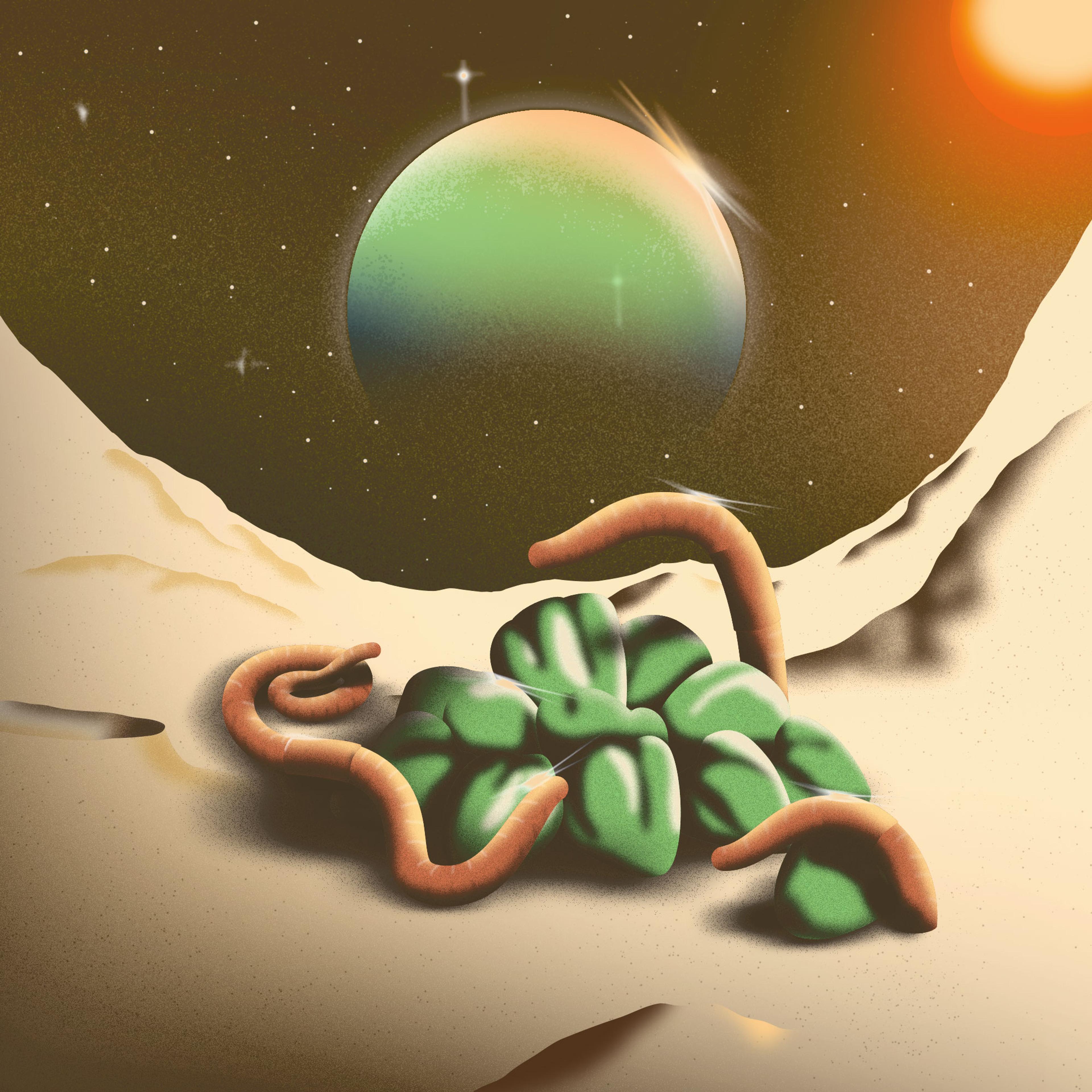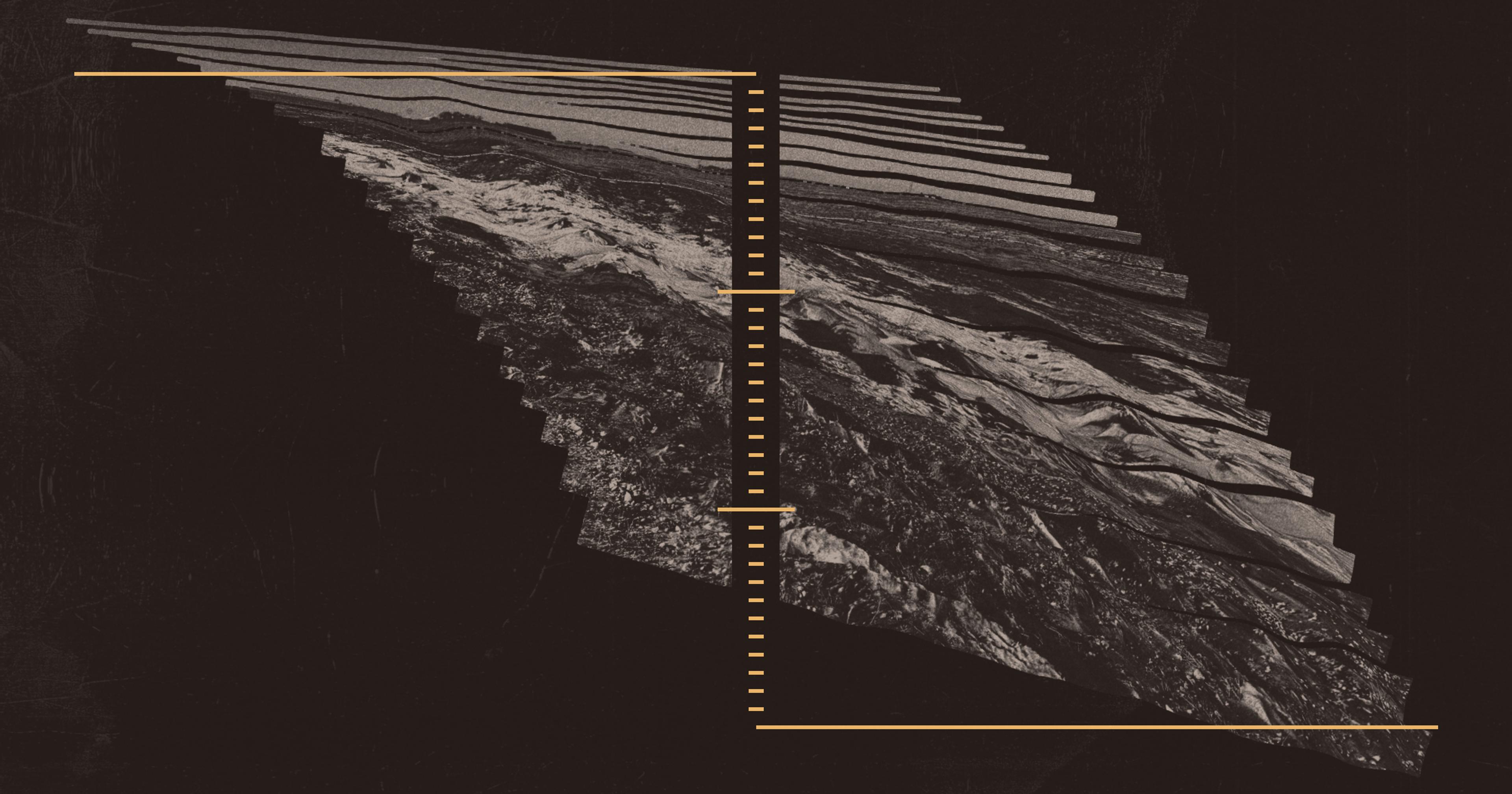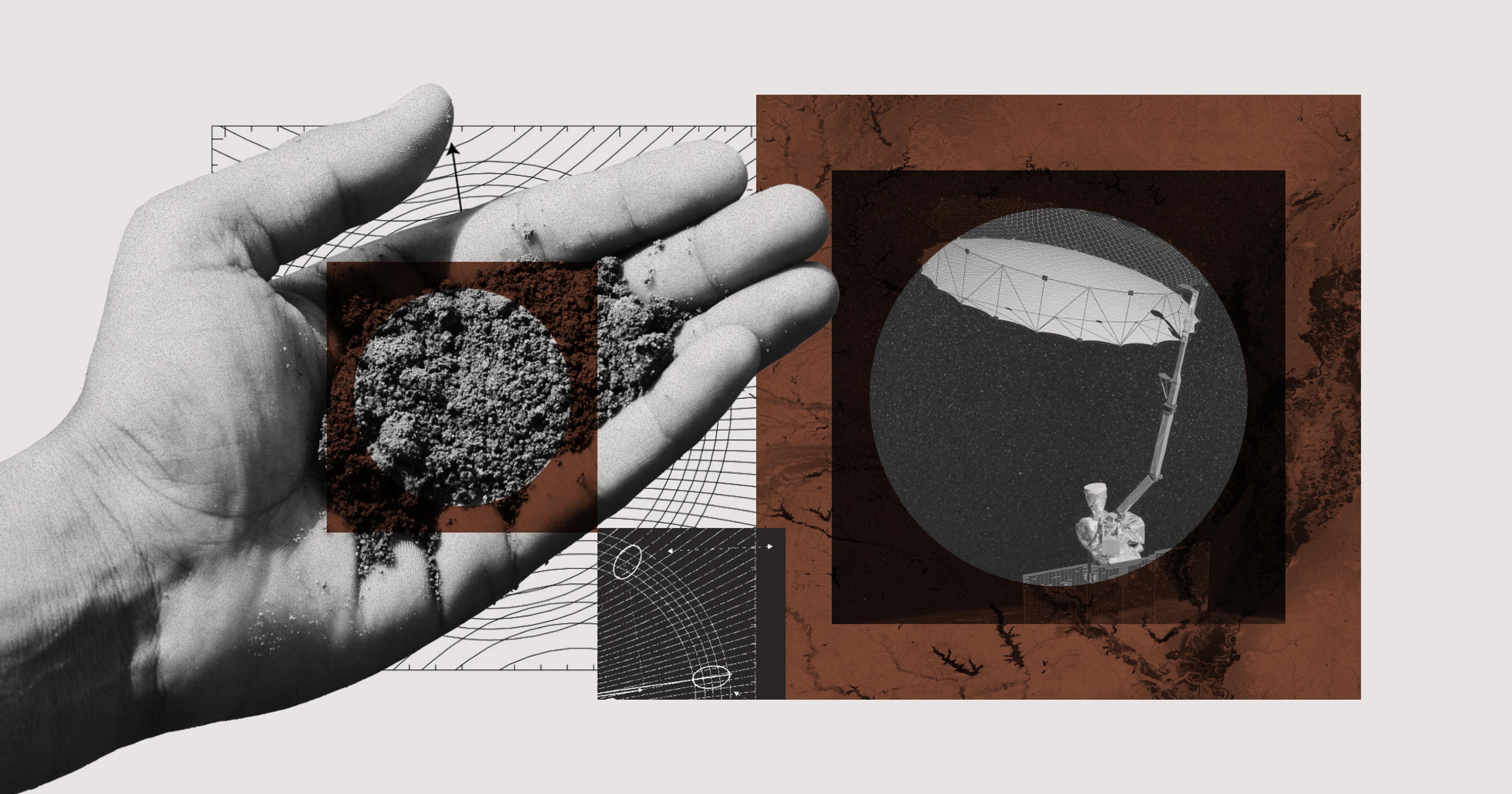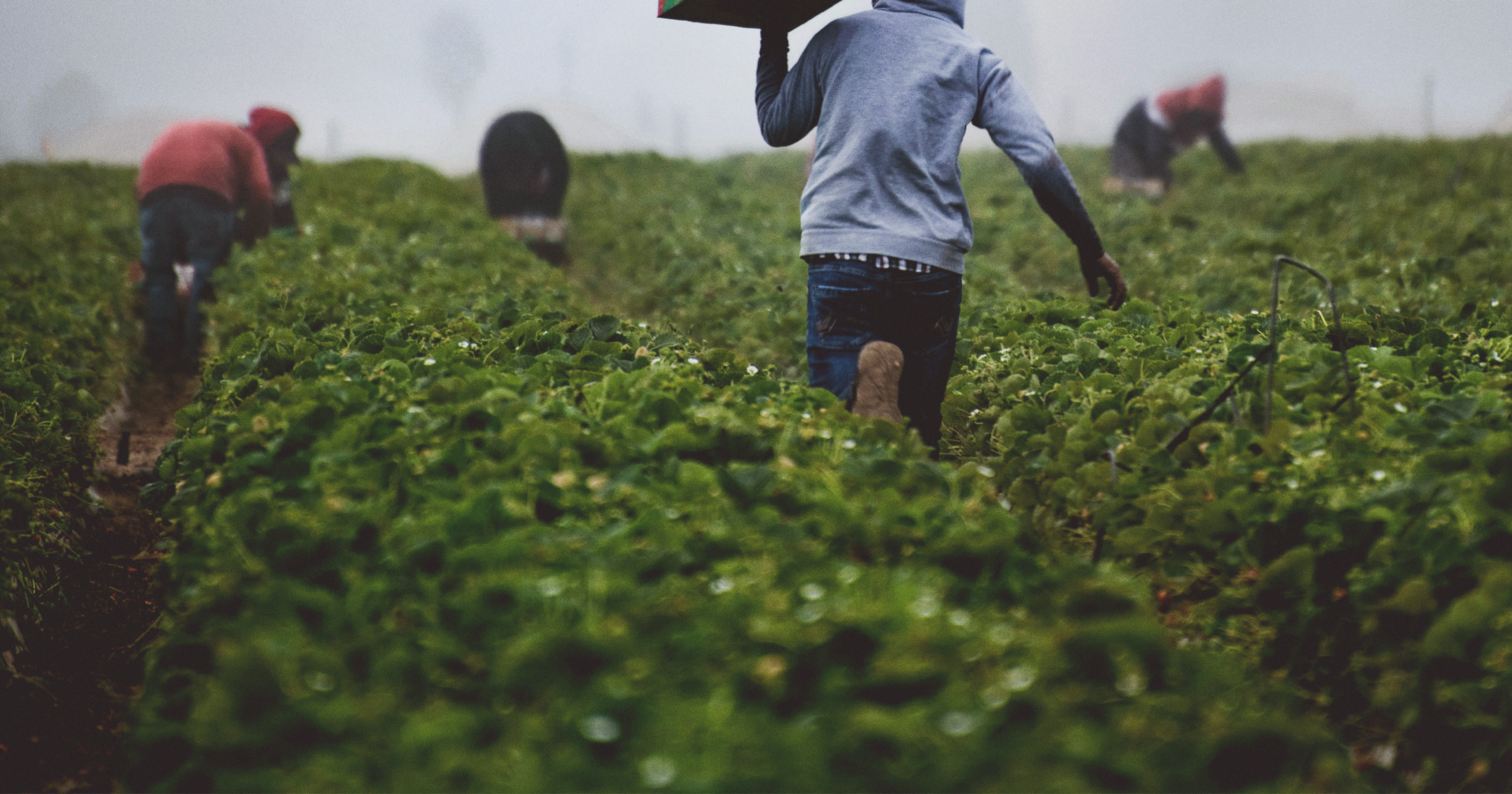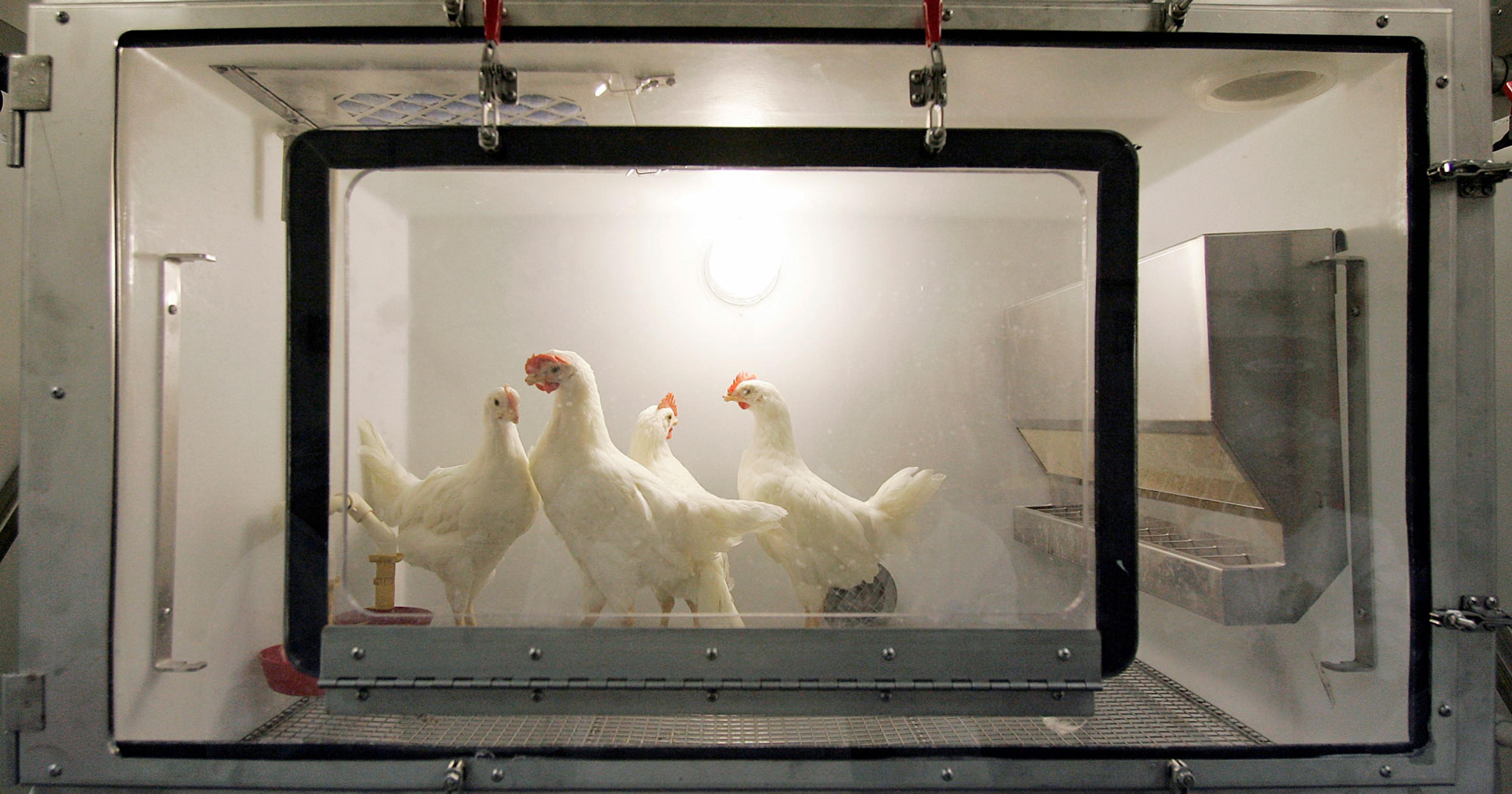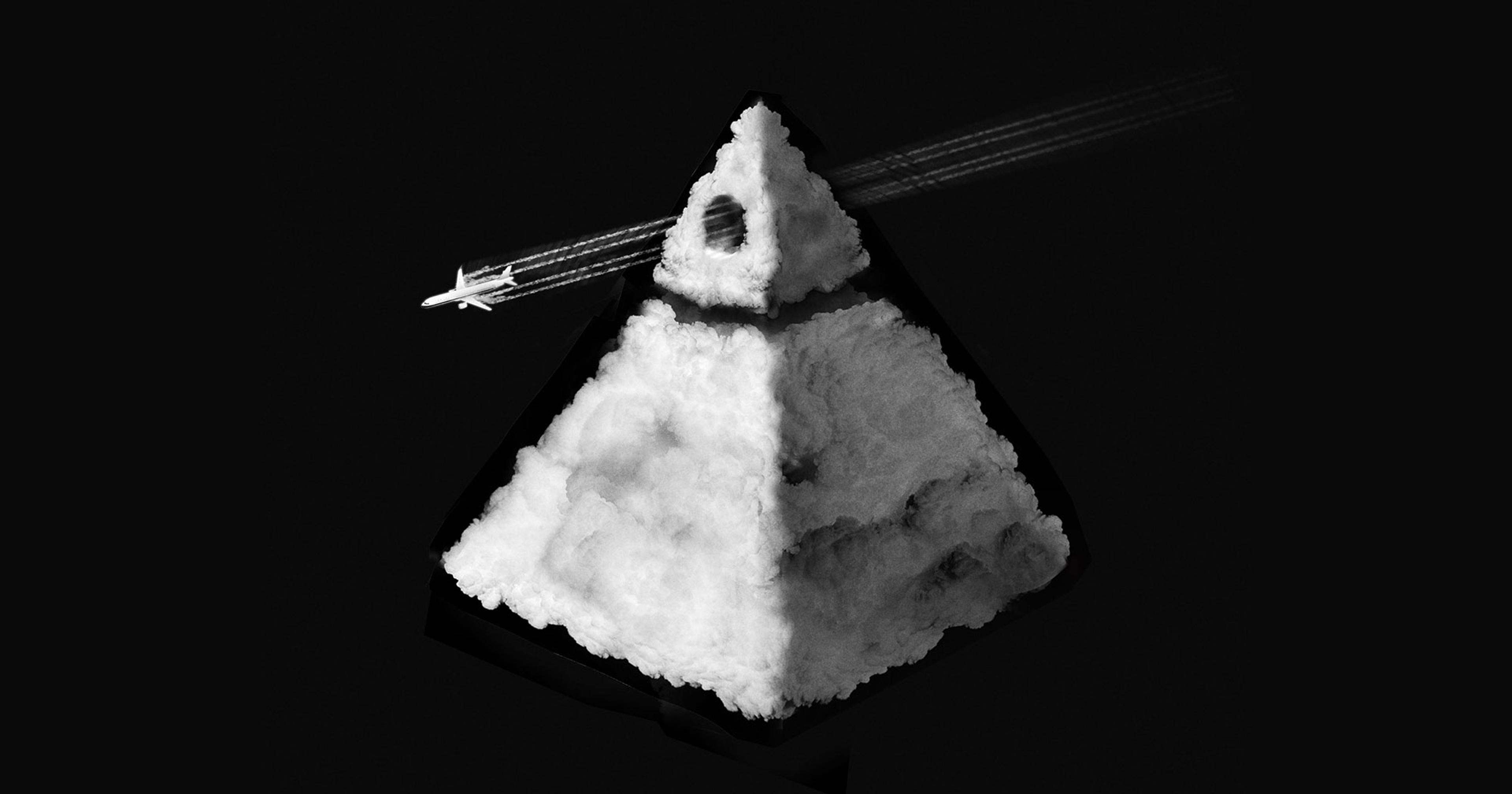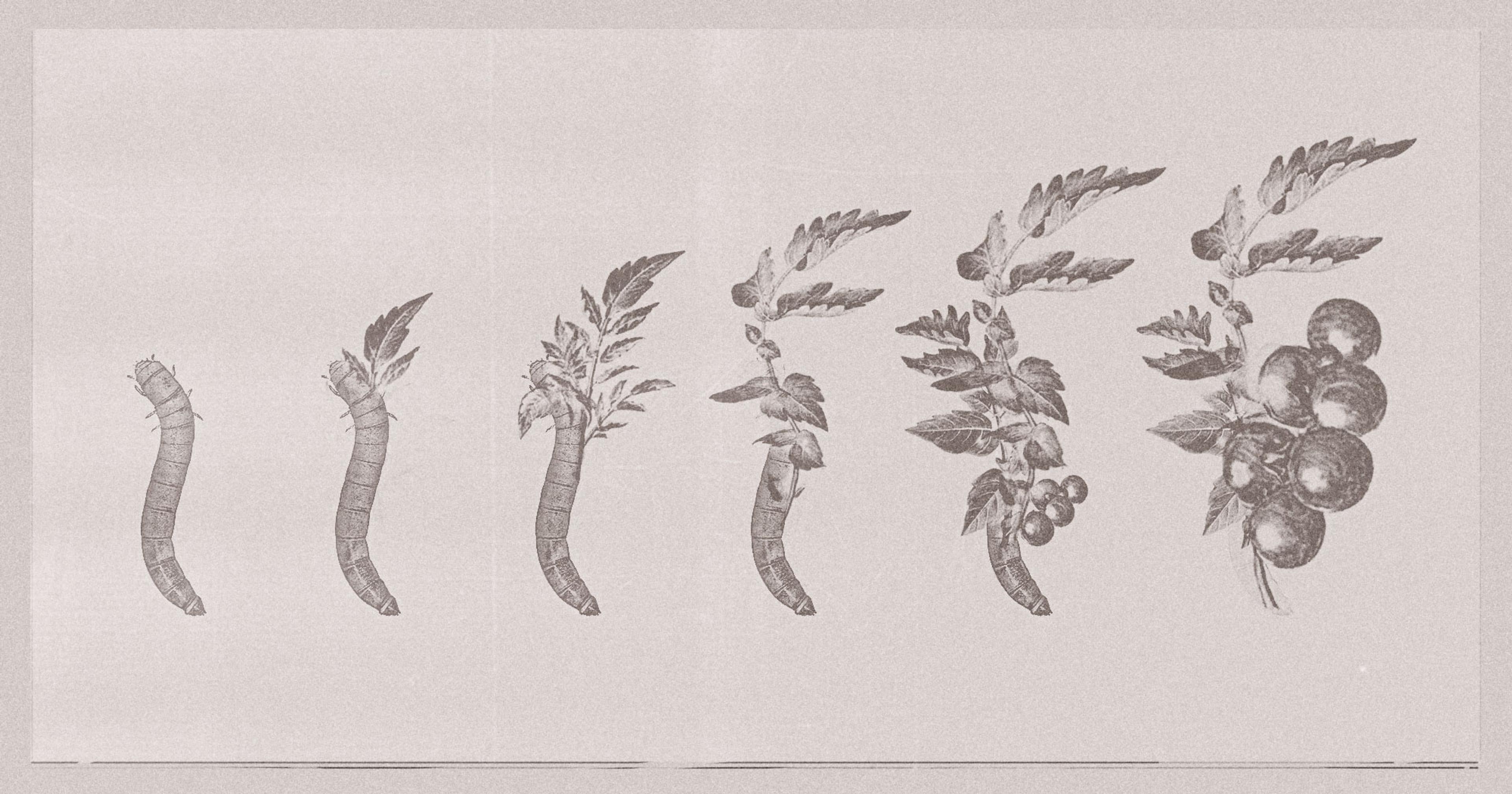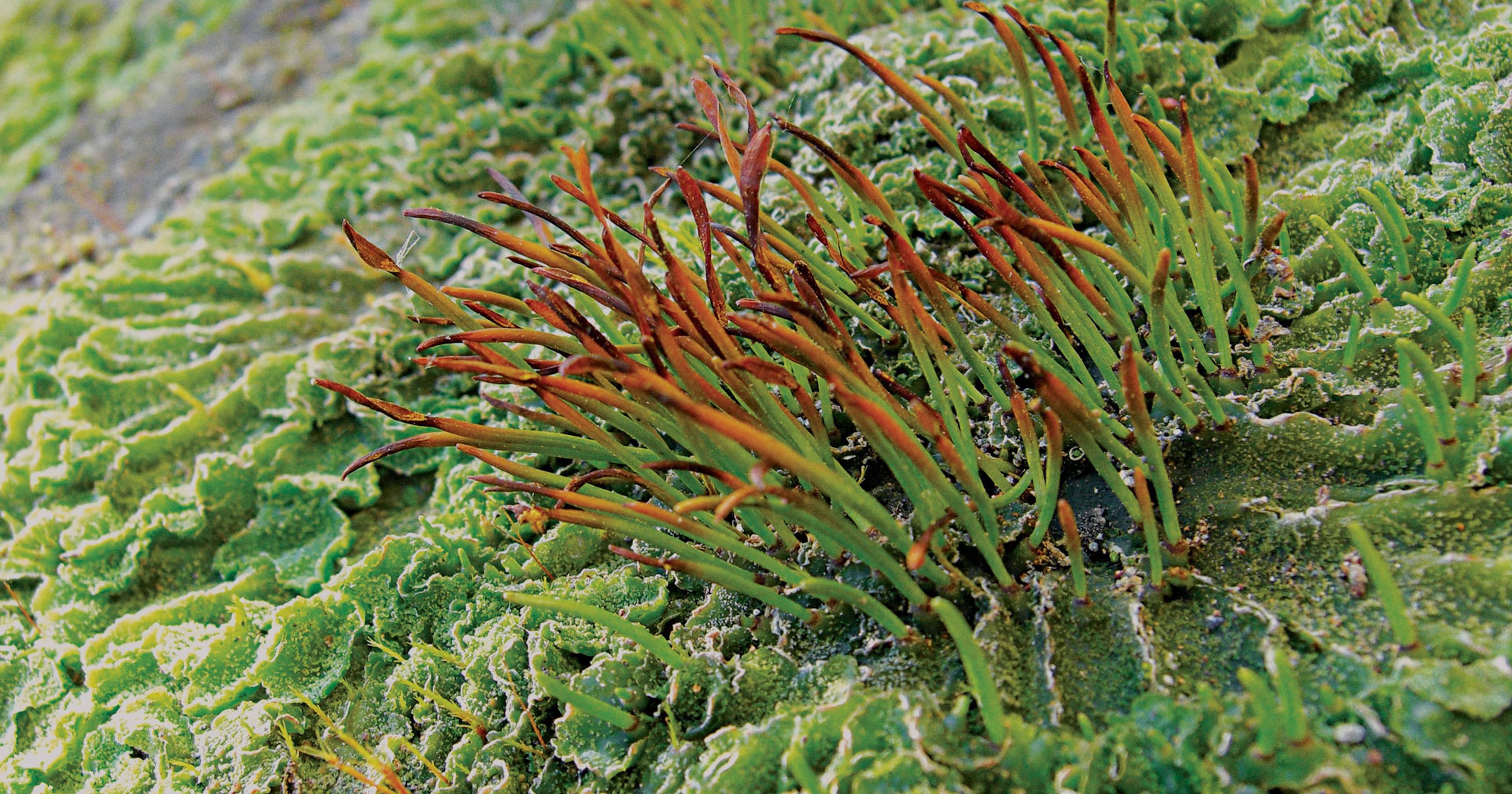In the interest of building closed-loop agriculture systems for future lunar bases, researchers are experimenting with earthworms and moon soil.
With several national space agencies hoping to establish permanent bases on the moon, humans may find themselves sharing the lunar surface with some unexpected fellow explorers: worms.
The common wriggly earthworm just might be the simple solution to a complex problem: Namely, how do you feed a team of astronauts who have set up shop for weeks, months, or years at a time, on a barren orb that is completely inhospitable to plant life? One solution is to send a constant stream of resupply vessels, an option that would be both incredibly costly and also somewhat risky given the number of recent failed attempts to land unmanned probes on the moon.
The other option is both simpler in concept and more difficult in execution: growing food on the moon. While astronauts have successfully grown crops on both the International Space Station and China’s Tiangong space station, those experiments were limited in scope. To sustain the type of long-term missions NASA has in mind for the moon, food would need to be produced continuously and without outside help.
Many species of worms contain bacteria within their guts that can break organic waste into vital nutrients, making their excrement a form of natural fertilizer, and the critters have proven in the past to be resilient to the stresses of space travel: In one 2021 experiment, thousands of tiny nematode worms called C. elegans were sent to the ISS as part of an experiment on muscle degradation in space. With this information in mind, Jess Atkin, a graduate student in agriculture and life sciences at Texas A&M University, set out to establish just how useful worms could be for the colonization of the moon.
In a pre-print paper that has yet to be peer reviewed (Atkin said the plan is to publish soon in the journal Nature Plants), she described how lunar soil is hostile to plant life for two main reasons.
“The biggest one is going to be organic material,” Atkin said. “There is zero organic material on the moon, for a lot of reasons. But that is the main thing we need and also, we don’t have any microorganisms. If you were to go outside and just grab a handful of soil in your two hands, there are more microbes in that soil than there are humans on the entire planet. These microbes facilitate nutrients, degradation, a million other things but they are vital to the rhizosphere, the little ecosystem going on in the soil.”
For her experiment, Atkin grew chickpea plants in soil called regolith, which is designed to simulate the chemical composition of dirt found on the moon. To make the simulated soil more hospitable, she added two components: a fungus known as Arbuscular Mycorrhizal Fungi and a population of red wigglers, worms known for their ability to transform food waste into nutrient-rich compost. The latter two would combine, Atkin hypothesized, to break down biowaste added to the soil and encourage growth in the chickpea plants.
“The fact that we could even get them to produce seed in 75% lunar regolith simulant was just unheard of.”
Several different combinations of dirt were compared: Some samples included only the simulated moon dirt, while others had a mixture of regolith and good, old-fashioned Earth soil.
While plants potted with 100% of the simulated lunar soil didn’t grow, adding just a bit of Earth soil seemed to do the trick. The chickpeas didn’t necessarily thrive like they would on our planet, but they did in fact begin to grow.
“The fact that we could even get them to produce seed in 75% lunar regolith simulant was just unheard of,” said Atkin.
When NASA’s Artemis III mission touches down on the lunar surface, it will be the first time human feet step on the moon in over half a century. The mission, currently scheduled for 2026, is hoped to lead to permanently manned bases, where astronauts will live for extended periods of time. Not to be outdone, China has also announced plans to construct a base on the moon by 2028. But the moon is just the beginning: NASA’s efforts to colonize Earth’s satellite are just one part of a longer term plan called Moon to Mars, with the ultimate goal of landing humans on the Red Planet, possibly sometime in the 2030s.
With such lofty goals in the works, Atkin isn’t the only researcher convinced that worms have a critical role in humanity’s exploration of the solar system. Last year, Steven Elsaid and Annalyn Connor, at the time students at the University of Central Florida, conducted an experiment in which they added a species of worm known as manure worms to soil samples: some designed to simulate lunar soil, while others were designed to simulate Martian dirt. The worms were given manure to feed on and were monitored to see how well they could survive. While the pair have not yet published their findings, they presented an abstract describing their work at the 54th Lunar and Planetary Science Conference and said the preliminary data was encouraging.
“After 12 weeks or so, we saw that they were surviving, and they reproduced,” said Connor.
“I think it’s going to be important if we’re going to grow terrestrial crops to use all the tools that we have on Earth.”
The pair found the texture of the soil itself was transformed, with the Martian simulant also becoming home to some fungus. They hope that further analysis will reveal the presence of vital fertilizing compounds such as nitrogen, phosphorus, and potassium in the worm-altered dirt. But there was one other surprising benefit provided by the worms: Both Martian and lunar soil have high levels of aluminum and other heavy metals, which can be toxic to plants. The worms ate up those toxic elements, according to Connor, sequestering much of the metals away in their bodies and making the dirt much more welcoming to life.
“After just four weeks, they got the levels of aluminum to decrease by, I think, an insane amount,” said Connor.
The encouraging results echo those found in a large-scale, two-week simulation of a mission to Mars. Called ICAres-1, this simulation was conducted in 2017 by LunAres Research Station, a private European lab. Part of the experiment saw European nightcrawlers being placed in simulated Martian soil to see how they fared. While the worms died in pure Martian soil, the researchers found that they were able to survive when that soil was mixed with Earth-like dirt.
But Aleksander Wasniowski, a physician who helped organize the experiment, noted that advances in hydroponics and aeroponics may make soil unnecessary when it comes to growing food on Mars. Even then, he maintained, worms may make for worthwhile space companions.
“If we want to terrestrialize Mars, we cannot omit making the soil because even if we don’t need that to produce the lettuce or carrots or whatever, then we may use it for other things (such as) breeding fungus, bacteria, nematodes, or any other species which may be useful for us, not only as a food but but as a source of medication, as helpers in cleaning, to get rid of the debris and so on and even the plastic.”
While all the positive results may make it seem like space worms are inevitable, much research remains to be done. Atkin noted that her chickpeas were not eaten by humans, but have been sent off for more analysis to check for heavy metal concentrations. It’s also not certain how other crops might fare in a similar setup: She chose chickpeas because of their notorious hardiness, though she has plans to do similar tests on other vegetation in the future.
“I think it’s going to be important if we’re going to grow terrestrial crops to use all the tools that we have on Earth,” she said. “Worms and microorganisms are things that help our plants thrive here on Earth, so I think it would be silly to not employ those in other areas where we’re growing terrestrial seeds.”

